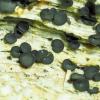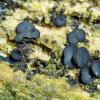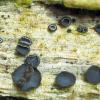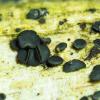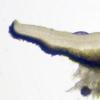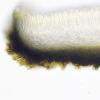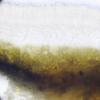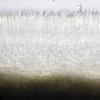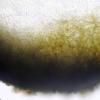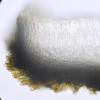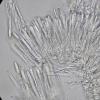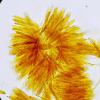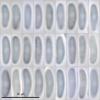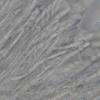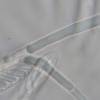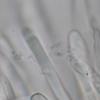
18-12-2025 21:17
Pol DebaenstThe identification took me to Byssonectria deformi

15-12-2025 07:09
 Danny Newman
Danny Newman
indet. Rutstroemiaceae sp. on unk. fallen leavesMc

19-12-2025 10:10
Patrice TANCHAUDBonjour, rÃĐcolte rÃĐalisÃĐe en milieu dunaire, a

18-12-2025 17:23
 Bruno CouÃĐ
Bruno CouÃĐ
Bonjour,je serais heureux d'avoir votre avis sur c

18-12-2025 18:07
Margot en Geert VullingsThese plumes were found on rotten wood.They strong

17-12-2025 18:35
 Michel Hairaud
Michel Hairaud
Bonjour à tous/Hi to everyone I am passing along

21-11-2025 10:47
 François FrelÃĐchoux
François FrelÃĐchoux
Bonjour,Peut-Être Mollisia palustris ?TrouvÃĐe su

15-12-2025 15:48
 Danny Newman
Danny Newman
Melanospora cf. lagenaria on old, rotting, fallen

15-12-2025 15:54
 Johan Boonefaes
Johan Boonefaes
Unknown anamorph found on the ground in coastal sa

15-12-2025 21:11
 Hardware Tony
Hardware Tony
Small clavate hairs, negative croziers and IKI bb
 Good afternoon
Good afternoonThis pretty black Mollisia was growing on wet Tamarix wood, in fact at the magnifying glass I did not think at any time that it was a Mollisia. They are small cups of 1.5 2 mm in diameter.
The ectal excipulum has textura subglobulosa, becoming more prismatic towards the margin, where the terminal cells are cylindrical-claviform and very dark brown. The medullary excipulum has textura intricata. The asci are cylindrical, octosporic, biseriate, with croziers and IKI-. Paraphyses are cylindrical with a large VB occupying the entire terminal cell, with negative reaction to KOH. Ascospores are cylindrical-allantoid, without LBs, (6) 7 - 8 (8.3) Ã (1.6) 1.9 - 2.2 (2.4) Âĩm; Q = (2.8) 3.3 - 4.1 (5); N = 56; Me = 7.4 Ã 2.1 Âĩm ; Qe = 3.7,
With the keys I can't come up with anything coherent.
Thanks for your help.





